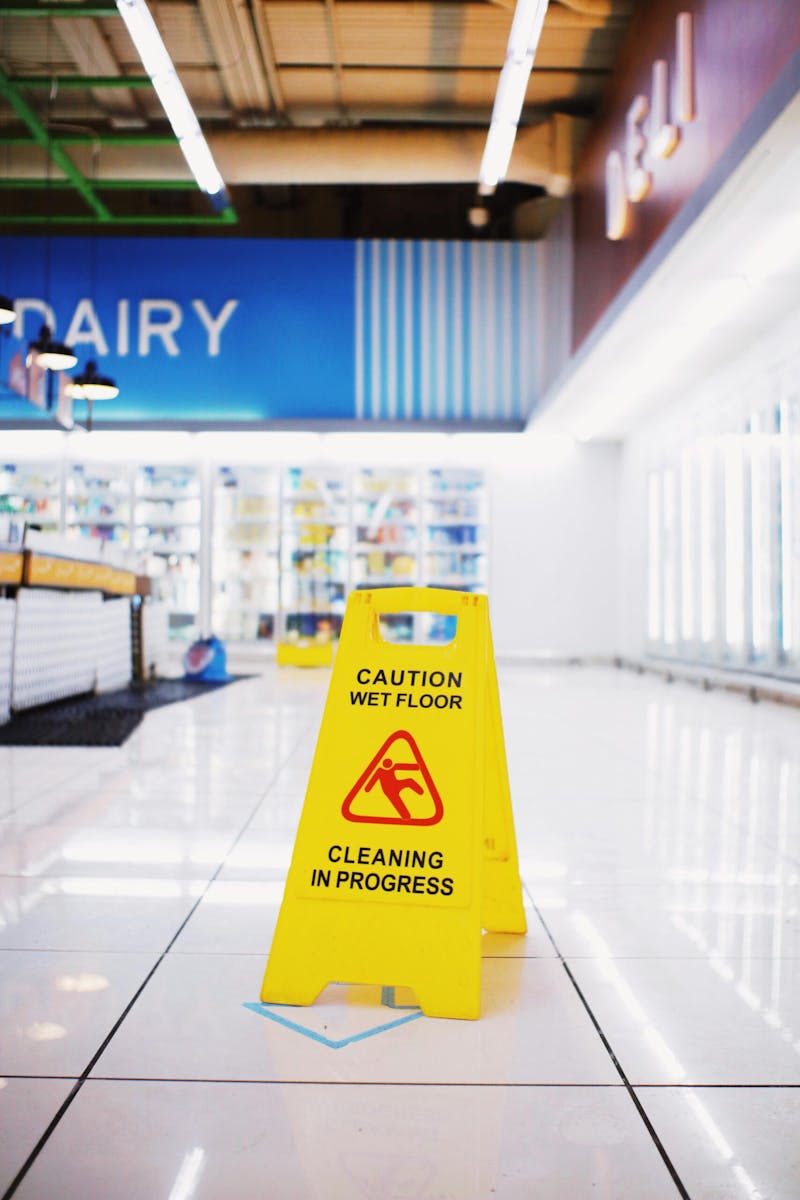
In the realm of personal injury law, slip and fall accidents are unfortunately way too common. In the US alone, around 12% of all fall-related ER visits. These incidents can lead to serious injuries and have significant financial burdens for victims and their families. When pursuing compensation for a slip and fall injury, one crucial factor that personal injury attorneys must navigate is comparative negligence. Understanding how comparative negligence works and its impact on your client’s compensation is essential for effectively representing them in slip-and-fall cases.
What is Comparative Negligence?
Comparative negligence is a legal principle used in personal injury cases to determine each party’s degree of fault for an accident. In slip and fall cases, comparative negligence examines whether the injured party (plaintiff) shares any responsibility for their injuries alongside the property owner or occupier (defendant).
How Does Comparative Negligence Impact Compensation?
In states that follow a comparative negligence system, such as California, New York, and Texas, the compensation awarded to the plaintiff is reduced in proportion to their degree of fault. This means that if the plaintiff is found partially responsible for the slip and fall accident, their compensation will be reduced accordingly.
Key Considerations for Personal Injury Attorneys
1. Evidence Collection and Documentation:
To effectively address comparative negligence allegations, thorough documentation of the accident scene, witness statements, and medical records is crucial. Gathering evidence that demonstrates the property owner’s negligence while refuting any claims of contributory negligence by the plaintiff strengthens the case.
2. Legal Strategy and Argumentation:
Personal injury attorneys must craft compelling arguments to minimize their client’s degree of fault or refute allegations of negligence altogether. This may involve presenting expert testimony, witness accounts, and relevant statutes or regulations to support the plaintiff’s claim.
3. Negotiation and Settlement:
When negotiating a settlement with the defendant’s insurance company, personal injury attorneys must consider comparative negligence factors to ensure their client receives fair compensation. Skillful negotiation tactics and thorough knowledge of relevant case law can help maximize the settlement amount despite potential reductions due to comparative negligence.
4. Trial Preparation and Presentation:
In cases where settlement negotiations fail to yield a satisfactory outcome, personal injury attorneys must be prepared to litigate the matter in court. Developing a persuasive trial strategy that addresses comparative negligence issues and effectively communicates the plaintiff’s damages is essential for achieving success in the courtroom.
Understanding the implications of comparative negligence in slip and fall cases is paramount for personal injury attorneys advocating on behalf of their clients. By gathering evidence, crafting strong legal arguments, and navigating negotiation or litigation processes with skill and expertise, attorneys can mitigate the impact of comparative negligence on their client’s compensation. Ultimately, prioritizing thorough preparation and strategic advocacy is key to achieving favorable outcomes in slip-and-fall cases despite the complexities introduced by comparative negligence.
Are you prepared to witness the Strength, Service, and Results that come from partnering with Turnbull, Holcomb, and LeMoine? Let’s work together to make a meaningful difference in their lives and in the pursuit of justice. Join us in our commitment to understanding and addressing the implications of comparative negligence in slip-and-fall cases. Together, we can achieve positive outcomes and uphold the rights of those who have been injured due to negligence.

